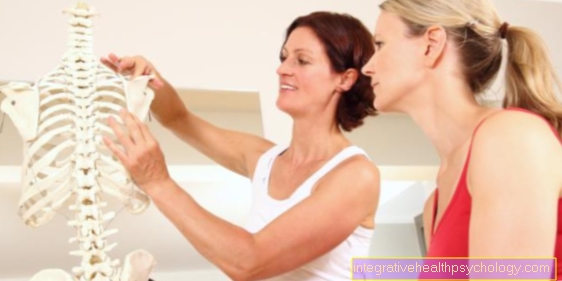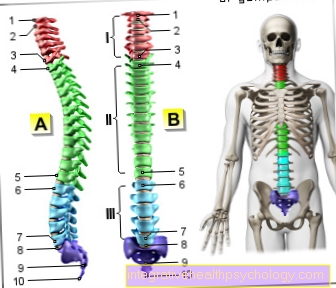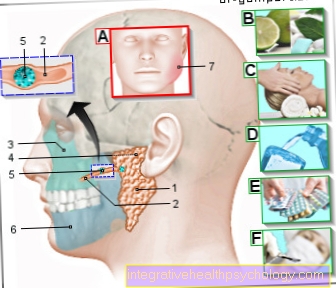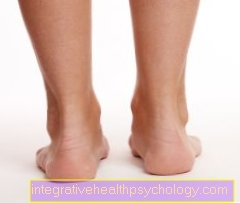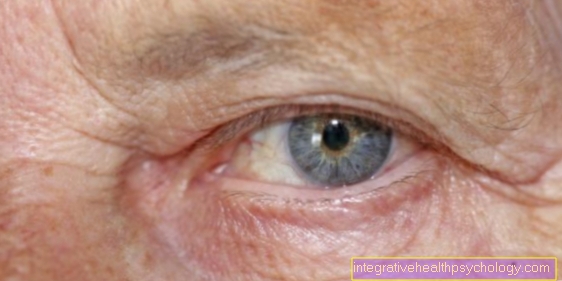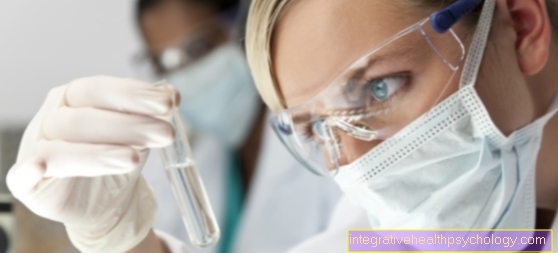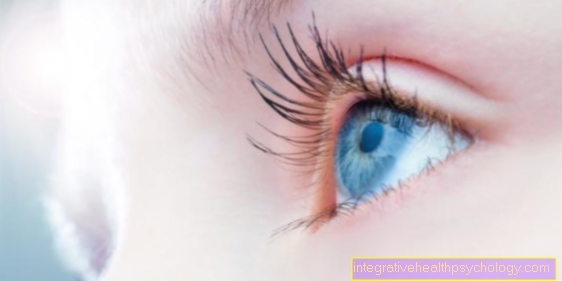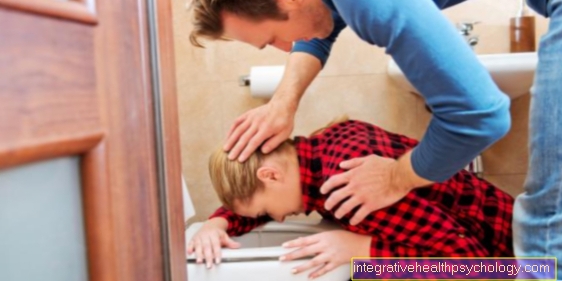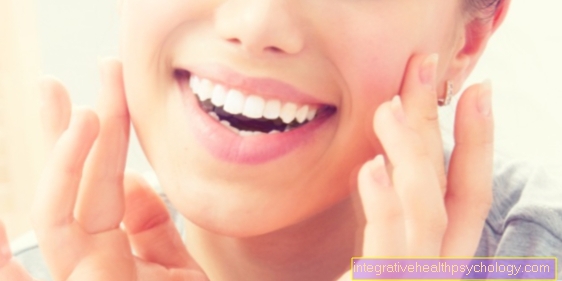U9 investigation
Synonyms
U-examination, examination at the pediatrician, U1- U11, youth health advice, development guidelines, preschool examination, one-year examination, four-year examination
General
The U 9 is the tenth examination of the child and is carried out at the age of approx. 5 to 5 ½ years, i.e. between 60 and 64 months of age. There are a total of 12 examinations from the first minute of life to the age of 10. Recently there are also the J1 and J2 which are carried out during puberty.
The child check-ups are designed to discover diseases and malformations as early as possible so that the children can be treated quickly. Mental development, neglect and child abuse should also be detected and prevented at an early stage.
The U 9 is the last examination before starting school, so we pay close attention to whether a child has disorders in motor skills, i.e. in muscle and nerve development, as well as in perception. The hearing and eyesight are also tested again.
Read more on the topic: Visual disturbances in children and U examinations

Procedure of the investigation
Every examination should start with an anamnesis. The pediatrician will pay particular attention to language and social development. As with the U8, the previous history is also examined again. The pediatrician will ask whether the child has cramped before, whether they are often sick and whether their speech development is normal. Parents don't have to worry if their child has not yet mastered everything perfectly. The guidelines are guidelines and differ for each child. The most important anamnesis questions are summarized below.
-
Seizures
-
Behavioral problems, such as isolation or outbursts of anger
-
Clumsiness
-
Speech disorders
-
Conduct disorders
-
Understanding of language
If the anamnesis is empty and the previous history is normal, the examination can begin. At U9, the pediatrician first looks at the child from head to toe and checks whether he sees anything unusual during the inspection. If he does not find anything, the investigation continues. First the weight is determined, as with every examination. Then the body length, the head circumference and the blood pressure are measured. The organs are also scanned and listened to. This includes listening to the heart and lungs, as well as listening and palpation of the abdomen.
Weight, body length and head circumference should always be entered in the percentiles. The percentiles are a kind of graph that shows a child's growth. In this way, the doctor can easily see whether a child is growing and gaining weight. This makes it easier to spot developmental disorders.
In addition, all vaccinations will be checked again and possibly made up. During the U9 examination, the vaccination for tetanus, diphtheria and whooping cough will also be refreshed. If some vaccinations are missing, these can also be made up in the U9. As with the U8, the urine of the child is checked with the U9. A urine sample is taken and examined for bacteria and blood. In this way, hidden urinary tract infections and other kidney diseases can be excluded. This is important because around 3-5% of children develop a urinary tract infection before the age of 10, especially girls.
Read more on the subject at: Urinary tract infections in children - it's that dangerous!
The examination of the eyes is also part of the U9. Visual acuity is examined with a blackboard that shows images of various objects. You should also watch out for squinting. When testing the hearing ability, the tube function and the hearing threshold are checked. Both tests are painless and can be performed through headphones.
Language development is particularly important for the U9. Attention is already paid to this in the U8, but the children are now older and should only have a few errors in pronunciation and sentence structure. There are standardized tests to test language development, but many children are shy and refuse to take part. Here it can be easier to tell a story or to repeat it.
If the speech development is normal, the doctor can turn to the next point and check the motor skills, which means that the muscles, their control and muscle tension are controlled. This can be checked with simple tests. For example, the pediatrician will ask the child to stand on one leg, hop, walk along a line and / or pick up objects and restore them. This allows you to see your child's coordination, posture and gait.
Then the doctor only has to look into the little one's mouth to look at the milk teeth. At this age, tooth decay can cause problems or misalignments of the teeth in the jaw are visible. If the pediatrician sees signs of tooth decay, for example, it is advisable to go to the dentist.
Summary of the U9
Here is a brief summary of what the U 9 respected during the examination and what is examined:
Motor skills, can the child stand and hop on one leg?
Nervous and muscular system, attention is paid to coordination, muscle tension and control
Language development, can the child relate a story logically?
Social behavior
Sensory organs, these include the eyes and ears on the U8
Examination of body measurements, such as weight and height
- Urinalysis, evidence of a urinary tract infection and kidney disorder


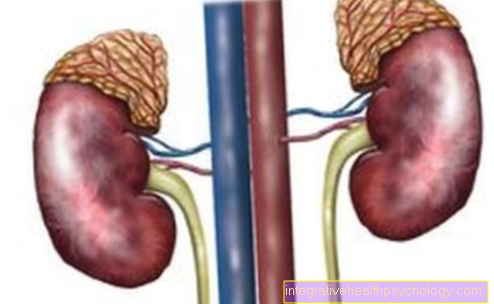

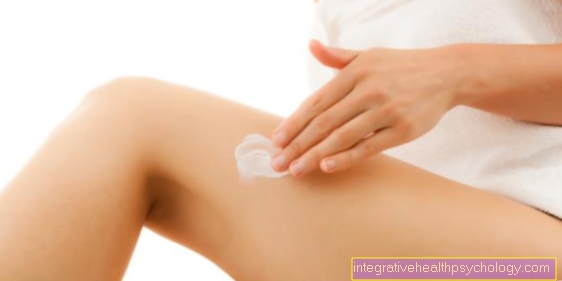
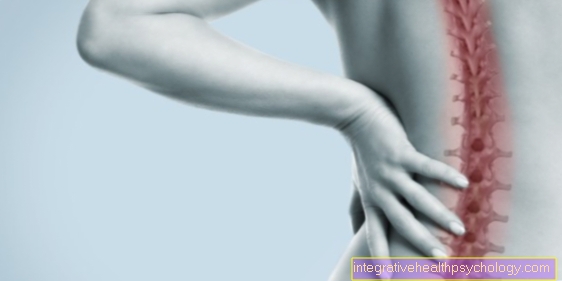
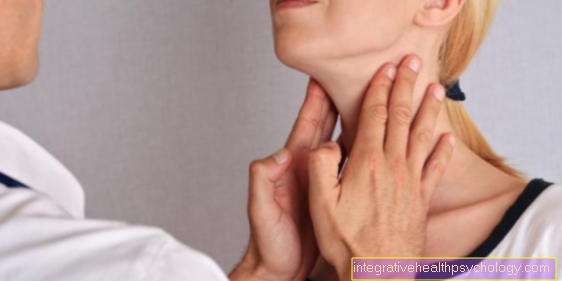
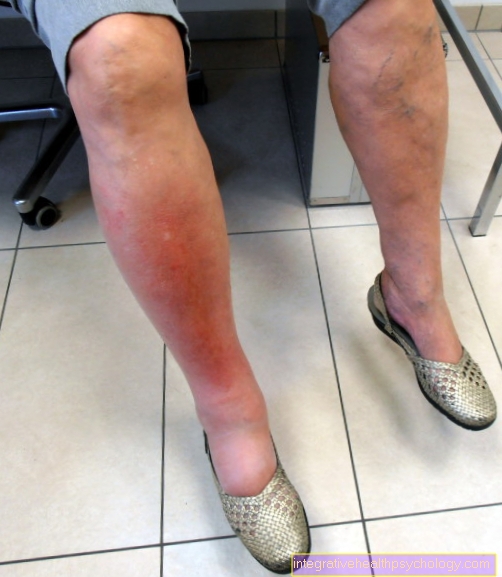
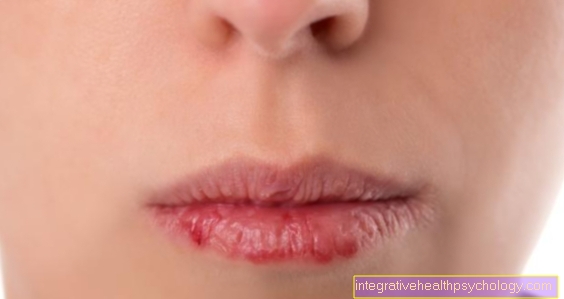

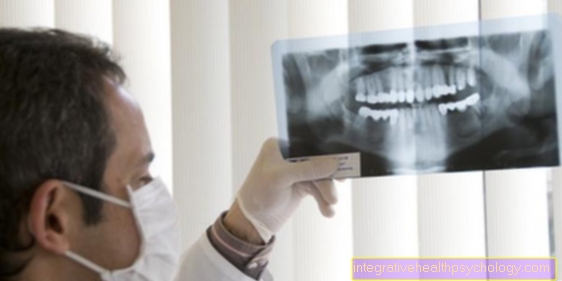
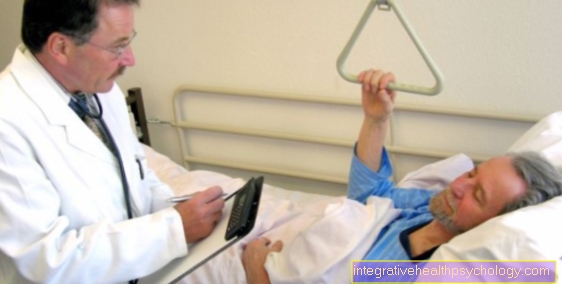
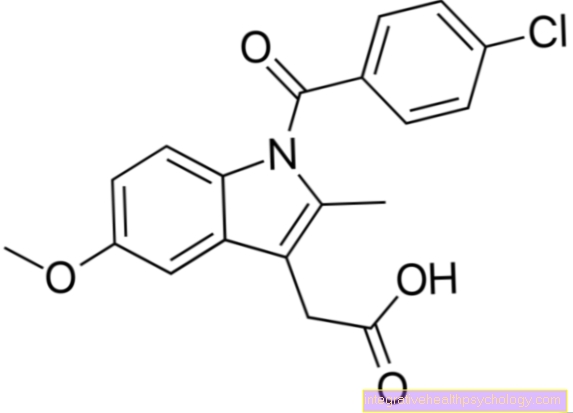

.jpg)
